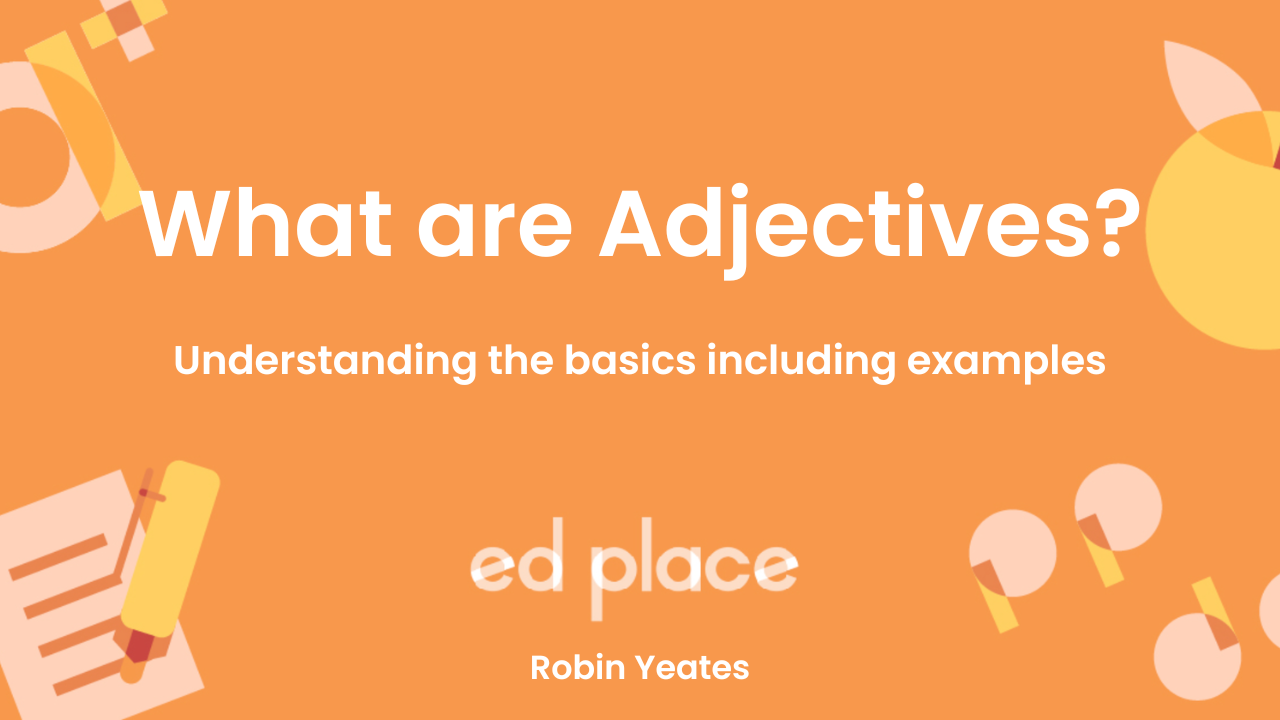What is a split digraph?
Simply put, digraphs are collections of two letters that make one sound. Examples include; rain, book and seed.
A split digraph also contains two letters (a-e, e-e, i-e, o-e and u-e) but they are split between a consonant, for example; make, bike and pure.
The split digraph works by using an ‘e’ after the initial vowel to change the sound of the vowel. With a split digraph, tot turns into tote, hug to huge and tub to tube. Note the change in the sound of the first vowel from a hard sound to a longer softer sound, this is because of the ‘e’.
All you needed? Practice with EdPlace’s worksheets
Split Digraph Words Explained
There are five split digraphs; a-e, e-e, i-e, o-e and u-e. These are first taught in years 1 and 2 as part of the phonics curriculum.
You're first taught the basic sounds which letters in our alphabet make; c-a-t, for example. However, our language is more complex than this, some of our letters have more than one sound and some of our sounds have more than one letter!
For example, an ‘a’ can sound hard as in apple or soft as in acorn. Conversely, many of our sounds are made with more than one letter, put together to make a single sound; ‘oi’ as in coin, ‘igh’ as in high or ‘sh’ as in ship.
We are taught the sounds that go with each of these collections of letters. This not only helps us read more fluently, but can assist with spelling technique if you say the word, break it down into sounds and then run through the different ways to make the sound.
A split digraph changes the sound of the vowel. Notice how the vowel changes from a short sound to a longer sound in the examples below;

Sometimes teachers refer to the final ‘e’ as a "magic-e", "silent-e" or a "bossy-e". However, sadly, there's nothing magical about it just worked to lengthen the previous vowel.
Tips to learn split digraph words
Grab a friend and try these games to master split digraph words!
1. Write single word cards (using the words below) without the ‘e’. cut out a slimmer card with a separate ‘e’. Show your child how to slot the ‘e’ onto the end of the word. Discuss how the meaning changes.
2. Cut up a pile of cards, postcard size or smaller. Write or type one word from the list below onto each piece of card (with the vowels in a different colour). Make sure that half are the split digraph words and half are the shorter words. Play pairs, spelling games, bingo or ask your child to explain the meanings of the words as they come to the top of the pile, discuss the changes in meaning, sound and spelling. If they struggle to remember – draw a small picture on each card to visually remind them.
Here is a list of words to get you started:
bit bite can cane cap cape
cub cube cut cute fat fate
hop hope kit kite mad made
man mane not note pin pine
plan plane rip ripe spin spine
win wine
You could also include extra cards with words that sound the same, but are spelt the same and have different meanings - homphones;
plain plane maid made Pete peat
Worksheets and Practice
Learning how to read fluently and spell are essential life skills and we have loads of great worksheets to teach you about split digraph words. We’ve listed a few of the most relevant here, but please do browse through our website or search for ‘spelling’ in order to find many, many more resources.
Further Information
If you want to get to grips with phonics and help to support your child, we have listed below a selection of excellent websites containing information, games and ideas to help you to help your child with split digraph words as well as other tricky areas.
Guides and videos
https://www.bbc.co.uk/cbeebies/grownups/the-alphablocks-guide-to-phonics
https://www.youtube.com/watch?v=W1xqLjHF53A
https://www.youtube.com/watch?v=kFuETDoqVnA
https://www.youtube.com/watch?v=CQXnqp8g9WM
Games
https://www.phonicsplay.co.uk/BuriedTreasure2.html
https://www.education.com/game/silent-e-bus-stop-spelling/


.png)
.png)
.png)




